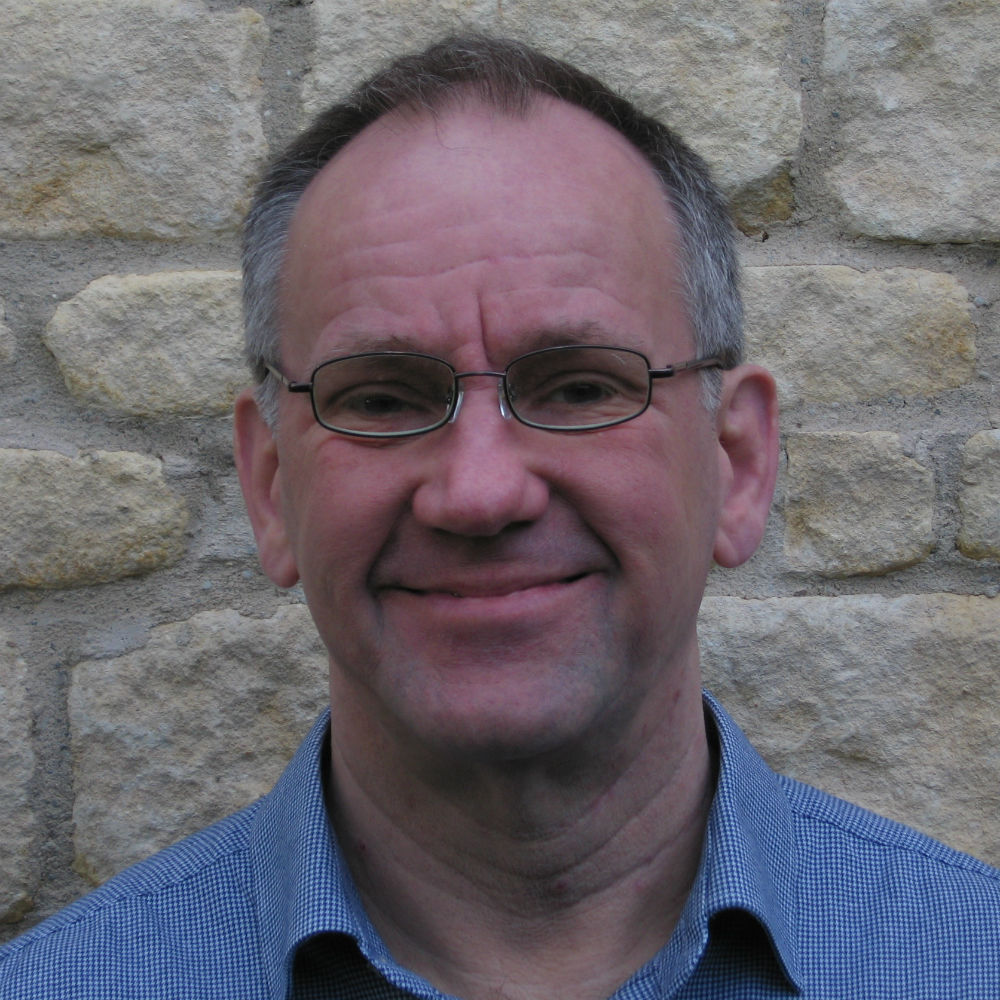Interdisciplinary focus
The PhD will integrate analysis of microbial datasets, through lab and/or field experiments, as part of a broader analysis to understand how microbes can be better integrated within the Nagoya Protocol. The interdisciplinarity lies at the interface between the scientific understanding of microbes and international law.
Training and support
You will be supported through the Sustainable Transitions training programme which provides initial training in interdisciplinary research methods, training in the secondary discipline within the project area, and ongoing training throughout the duration of the programme. All doctoral scholars benefit from the support of Proficio, which entitles you to £2,500 that can be used to purchase training courses either within or external to the University.
Additionally, all scholars are entitled to an additional £10,000 that can be used to cover research costs and further training. Doctoral scholars are encouraged to audit/attend University masters and degree level courses where appropriate. You will also have the support of the Sustainable Transitions management team as well as your own supervisory team. All Sustainable Transitions scholars will become part of the University of Essex Centre for Environment and Society through which ongoing events and networking opportunities are available.
Person specification
This opportunity would ideally suit a candidate with a background in a biological or environmental-science discipline. The candidate must have good data-analysis skills, and an interest in developing knowledge and expertise in environmental law.
It is not necessary for the candidate to have prior training in international law or environmental law as this will be provided on the programme.
Research proposal
The project area is broadly defined, leaving scope for the applicant to develop their own specific research proposal as part of the application. The successful candidate will further develop their proposal in close consultation with the supervisory team.
Supervision
The primary discipline supervisor takes the lead responsibility for supervising the project. For further detail relating to supervision see the Guidance for Applicants (.docx) document.
Additional background information
The Nagoya Protocol was established to protect biodiversity and share benefits especially to biodiversity-rich income-poor countries. It was developed primarily with taxonomic, evolutionary and biogeographic concepts applicable to animals and vascular plants. There have been cases of malpractice, or “biopiracy”, which should be relatively easy to detect in the case of plants because their biogeography is well understood. However, improvements in underlying scientific understanding and definitions are required if the Nagoya Protocol is to effectively protect microbial resources.
Firstly, there is the issue of how species are defined. For plants and animals, there is a widely agreed upon definition of what constitutes a species, meaning that it is possible to label the taxonomic origin of a given resource. Microbes however, reproduce very differently to plants and animals and consequently defy most typical species-definitions. An operational species definition is therefore needed to classify the taxonomic origin of a microbial resource. Furthermore, microbes are able to transfer parts of their genome between them, making it difficult to define to which organism a given gene / metabolic product belongs. Consequently, for microbes, it is unclear what should be covered by the protocol? Is it a species, a particular strain of a species, a subset of genes coding for a metabolic pathway or a single gene coding for an enzyme?
Then there is the issue of provenance. Proving compliance (or violations) of the Nagoya protocol requires the provenance of a biological resource to be known. Plants and animals are often endemic to specific (bio)geographic areas, making their provenance relatively easy to determine. The biogeographic distributions of most microorganisms are unknown, and so it is currently impossible to determine their provenance from their taxonomic identity. Furthermore, microorganisms can have unusual biogeographic patterns, including ubiquitous distributions.
Organisations may therefore legitimately take advantage of the wide distribution of microbes, often found in a dormant state, to enrich them from environments in their home country, or from the high seas that are beyond national jurisdiction, or from countries with relaxed regulations on access and use. But, is this approach legitimate, if their search was inspired by a microbe first isolated in a country signed up to the Nagoya Protocol? Also, how can the provenance of a microbial species/strain be proven? This will depend on how endemic/cosmopolitan it is, which is determined by the environmental conditions (and thus habitats) in which it can grow or survive as well as its dispersal capabilities.
Part of this research project will include the development of a critique of the existing relevant provisions of the Nagoya Protocol along with recommendations for its further development.
The PhD student will address a subset of these issues, potentially focussing on comparative analysis of different microbial taxa (e.g. two genera with different capacity to disperse or survive long term), and/or a particular functional groups (e.g. extremophiles, such as alkaliphiles, halophiles or thermophiles). The PhD student should justify their model systems and outline some initial questions and the approaches to address them. For the successful candidate, the outline proposal will be co-developed with the supervisors.
How to Apply
Full details available at Sustainable Transitions Leverhulme Doctoral Training Programme.
Supervisory team references
- Timmis, K., Hallsworth, J.E., McGenity, T.J., Armstrong, R., Colom, M.F., Karahan, Z.C. et al. (2024) A concept for international societally-relevant microbiology education and microbiology knowledge promulgation in society. Microbial Biotechnology https://doi.org/10.1111/1751-7915.14456
- Clark DR, Underwood GJC, McGenity TJ, Dumbrell AJ (2021) What drives study-dependent differences in distance–decay relationships of microbial communities? Global Ecology and Biogeography 30: 811-825
- Clark DR, Mathieu M, Mourot L, Dufossé L, Underwood GJC, Dumbrell AJ, McGenity TJ (2017) Biogeography at the limits of life: Do extremophilic microbial communities show biogeographic regionalisation? Global Ecology and Biogeography 26: 1435–1446
- Turner SJ (2009), ‘A Substantive Environmental Right’ Kluwer Law International
- Turner SJ (2014) ‘A Global Environmental Right’ Earthscan by Routledge









